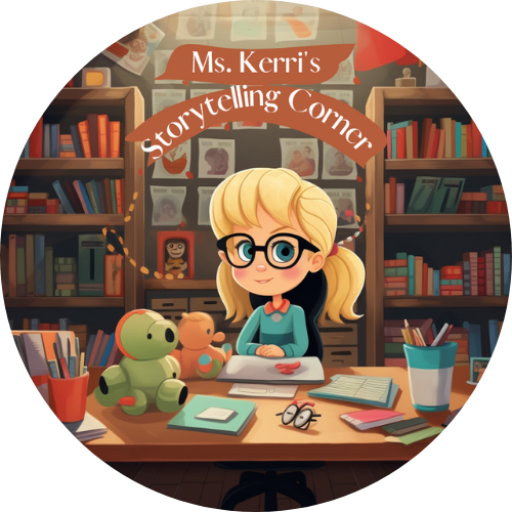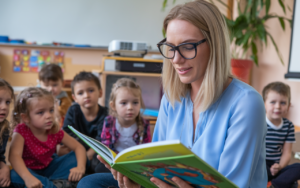My four-year-old thinks he’s getting away with something. While he’s building block towers and making car noises, I’m secretly weaving in phonics practice. He has no idea he’s learning—which is exactly the point.
You don’t need expensive educational toys or structured lesson plans to introduce letter sounds. The best learning happens when kids don’t even realize they’re being “taught.” Trust me, I’ve tried the flashcard route. It lasted exactly three minutes before my son declared them “boring” and wandered off to play with the dog.
So I got sneaky. And it works.

Why This Whole Play Thing Actually Makes Sense
Look, I’m not anti-education. I want my kids to succeed just like every other parent. But here’s what I’ve learned: young children’s brains are wired for play, not worksheets. When they’re relaxed and having fun, they absorb information like little sponges.
Think about how your child learned to walk. Did you sit them down with a manual on proper foot placement? Of course not. They watched, experimented, fell down a bunch, and figured it out through practice. Same concept applies to letter sounds.
Plus, play naturally involves multiple senses. They’re touching, moving, hearing, and seeing all at once. That’s how lasting learning happens.
My Favorite Tricks (That Don’t Feel Like Tricks)
Sound Detective Adventures This one’s pure genius because kids think they’re playing spy games. During our daily walks, I’ll randomly announce, “Mission: Find three things that start with /b/!” My daughter gets so excited spotting buses, birds, and butterflies that she doesn’t notice she’s practicing phonics.
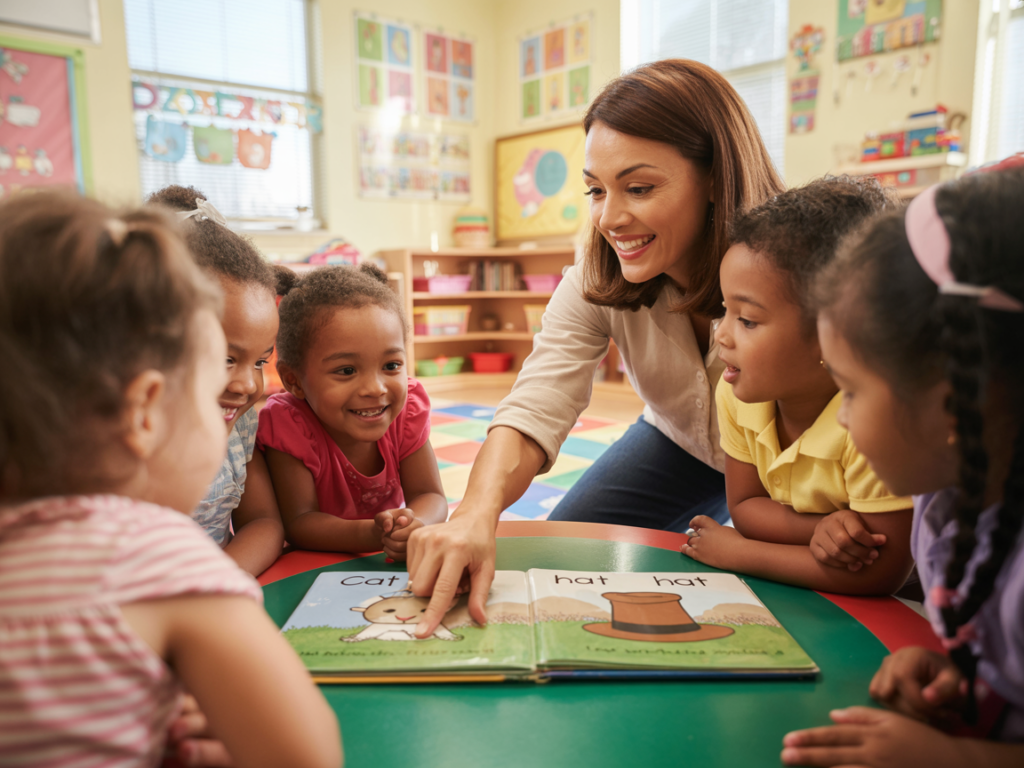
Sometimes I get dramatic and whisper, “I spy something that goes /s-s-s/…” Works every time.
The Great Playdough Letter Massacre Here’s where things get messy (and fun). We roll playdough into letter shapes, say the sound, then SMASH them with toy hammers. The destruction is the best part, obviously.
“Look, I made a T! It says /t-t-t/… now let’s destroy it!” Pure joy mixed with learning. Win-win.
Puppet Theater Goes Phonics My kids’ stuffed animals have developed very specific eating habits. Mr. Monkey only eats foods that start with /m/. Teddy Bear prefers /t/ treats. The kids spend ages figuring out what each animal can “eat,” completely forgetting they’re practicing sounds.
The best part? When they’re wrong, it’s the puppet who’s picky, not them making a mistake.
Teaching Letter Sounds the Bathroom Way
Don’t judge me, but bath time has become phonics central at our house. Something about being in warm water makes kids extra chatty and playful. We find things that rhyme with “duck” (truck, luck, stuck), or I challenge them to think of words that start like “soap” (/s/).
The echo in the bathroom makes everything sound more dramatic too. My son loves shouting “/r-r-r/” like a pirate.
Random Everyday Moments That Work

Car rides are perfect for this. “I wonder what sound ‘McDonald’s’ starts with…” as we drive past the golden arches. Or grocery shopping: “Should we get the /a/ apples or the /b/ bananas?”
Even snack time works. I cut cheese into letter shapes sometimes (okay, they look more like abstract art, but the kids get it). Or I’ll announce, “Today’s snack starts with /c/!” and let them guess between crackers and carrots.
The Jump-Around Method When my kids have energy to burn, I write huge letters on our driveway with sidewalk chalk. Then I call out sounds and watch them hop around like crazy trying to land on the right letter.
It’s basically controlled chaos, which is exactly what preschoolers love.
Bedtime Sound Stories This might be my craftiest move. As we’re winding down, I’ll stretch out the beginning sounds in our goodnight routine: “Goodnight /m-m-moon/, goodnight /s-s-stars/, goodnight /t-t-teddy/…”
They think it’s silly. I know it’s helping them hear individual sounds in words. Everyone’s happy.
When Things Don’t Go According to Plan
Sometimes my brilliant phonics schemes fall flat. My daughter might completely ignore the /p/ sound I’m emphasizing and instead become obsessed with how “purple” rhymes with “circle.” That’s fine! I follow her lead.
The moment it stops being fun, I drop it. No forcing, no bribing, no “just five more minutes.” Play-based learning only works when it actually feels like play.
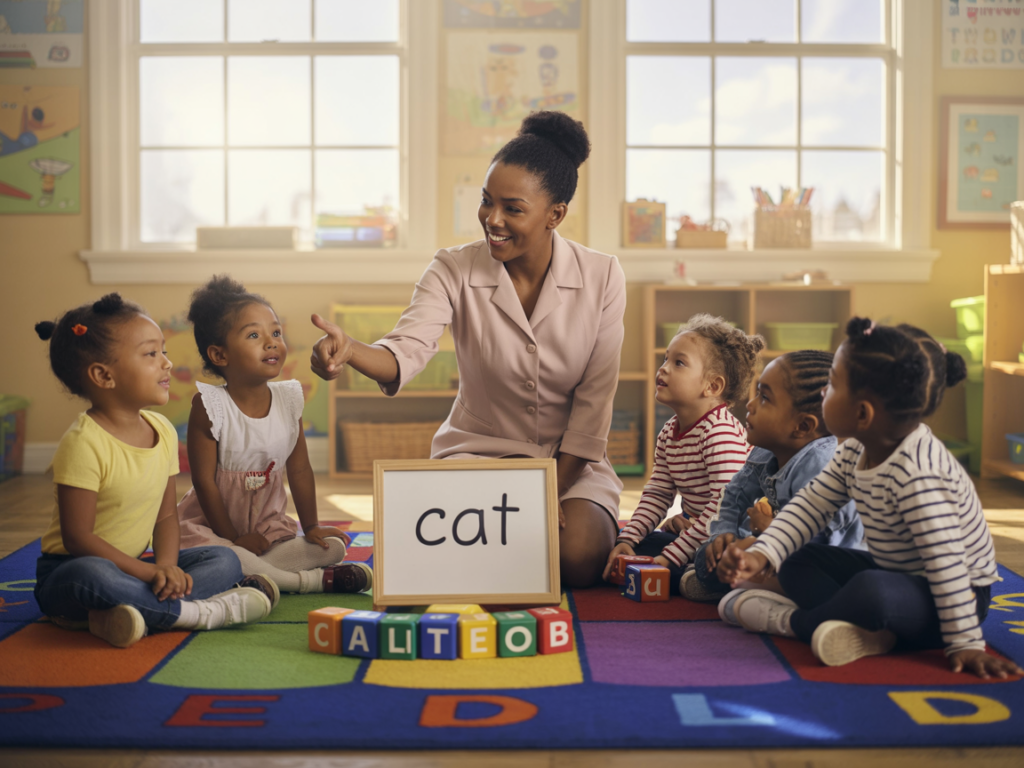
If they’re not interested in sounds today, maybe they want to focus on building or pretending or just running around screaming (which, let’s be honest, is also valuable developmental activity).
The Real Secret
Here’s what I wish someone had told me earlier: you don’t need to turn every moment into a teaching opportunity. Sometimes playing is just playing, and that’s perfectly fine too.
But when you do slip in some phonics practice, keep it light and follow their interests. If they’re obsessed with dinosaurs this week, focus on the /d/ sound. Next week when they’re into princesses, work with /p/.
The goal isn’t to cover every letter systematically—it’s to help them notice that words are made up of sounds, and sounds are everywhere. Teaching letter sounds through play makes this discovery feel natural and exciting. Once they get that concept, the rest will follow naturally.
My kids still don’t know they’re learning during our “games.” They think we’re just having fun together, but really, we’re building the foundation for reading success. Teaching letter sounds this way feels so much better than drilling flashcards— I hope they never figure it out.

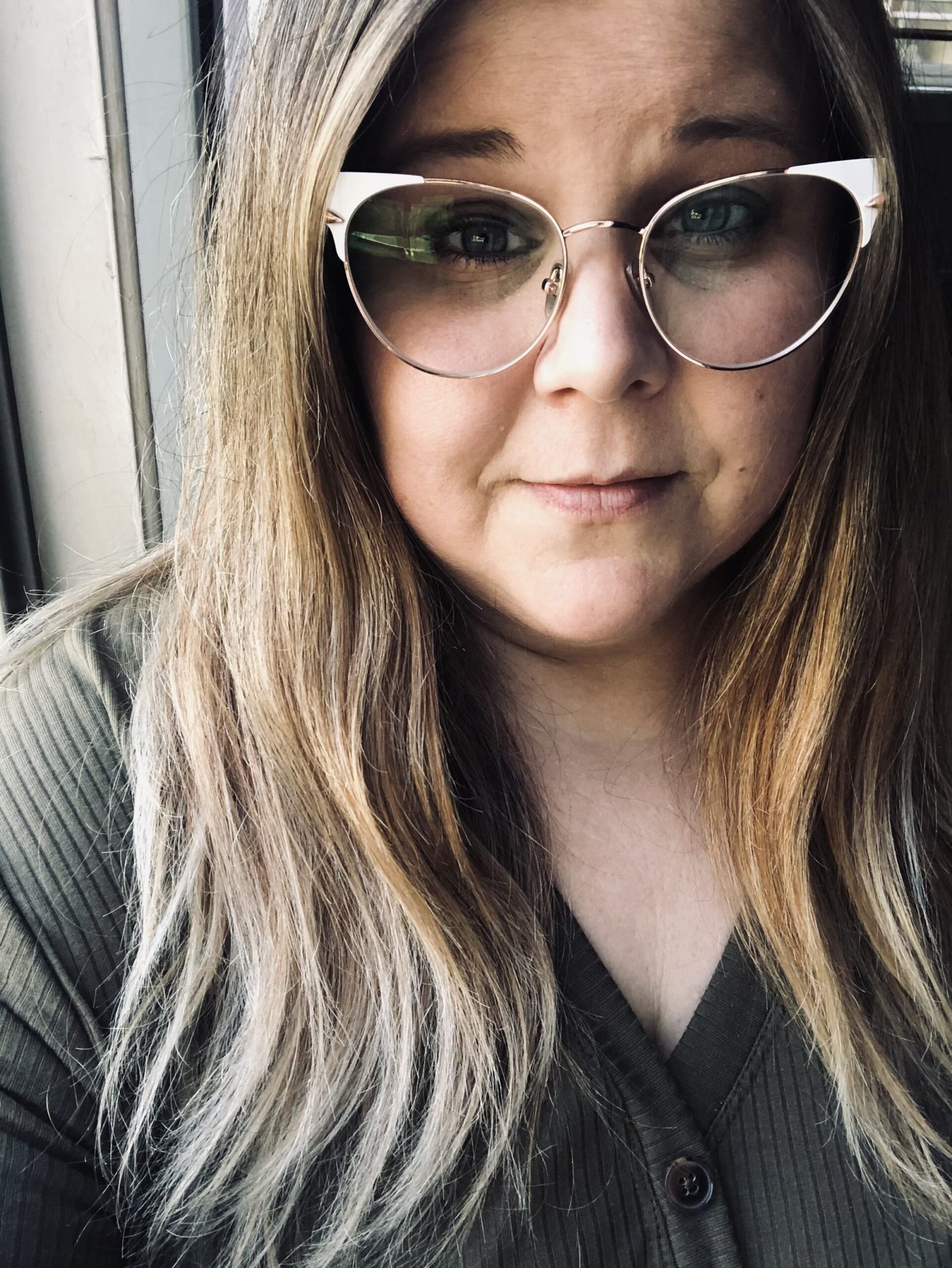
Ms. Kerri’s Corner provides a exciting virtual space for preschool learning. Through a variety of engaging activities, she exposes young minds to early math, literacy, science and social-emotional skills in a developmentally appropriate way. Centers for blocks, art, books and music allow children to explore hands-on learning at their own pace. Guided lessons subtly introduce number sense, letter sounds and narrative thinking. Careful observation gives insight into each child’s progress across domains. Viewers are also invited to participate, reinforcing that their ideas are valued. By making learning fun yet purposeful, Ms. Kerri lays the groundwork for future academic success while fostering creativity and imagination. Her program offers preschoolers valuable screen-based learning experiences.
